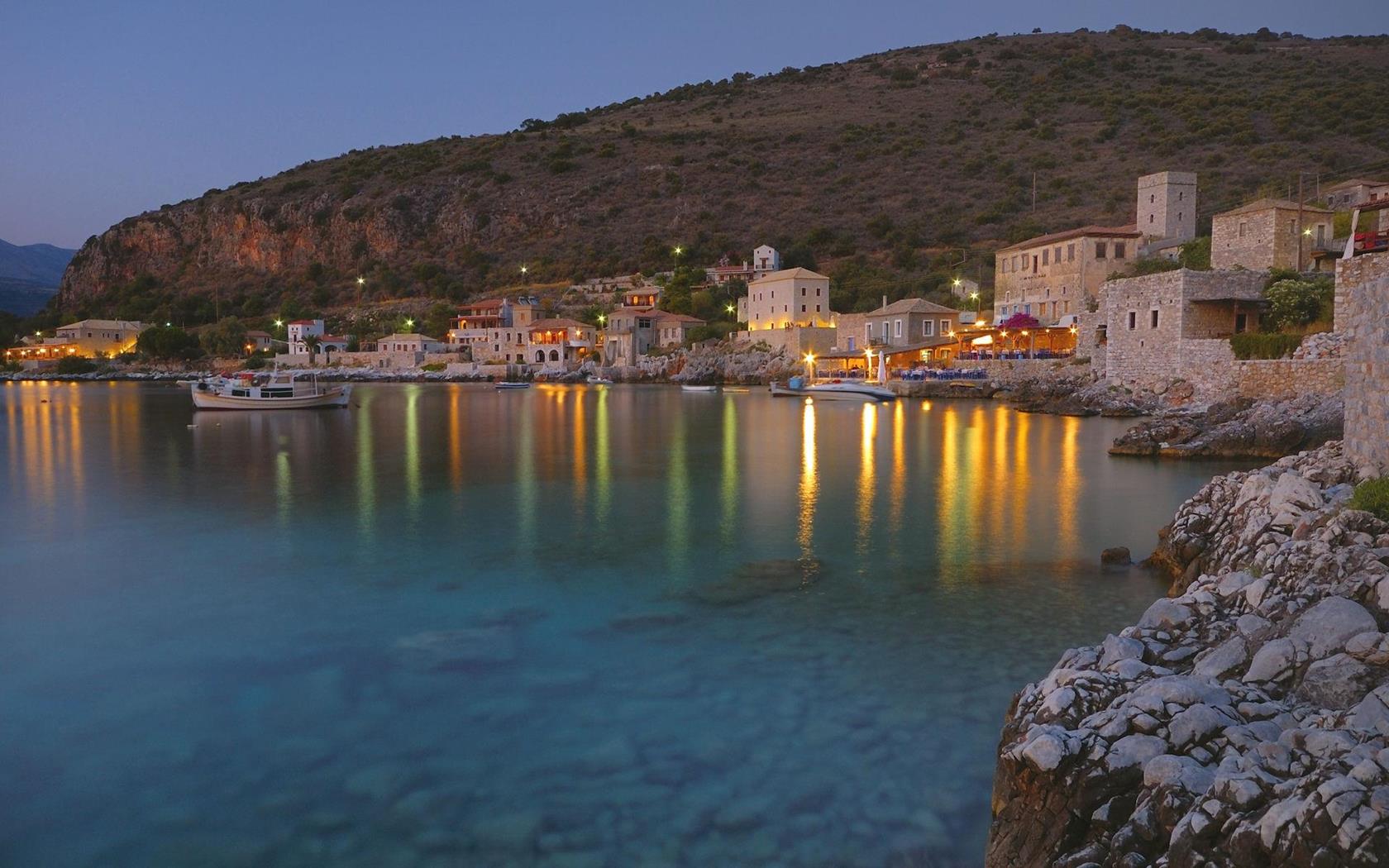MANI
The saying goes that a traveler passing through can see Mani in three days, a walker in three months, but to see its soul you need three lifetimes. Mani’s landscape and its architecture are extremely marked and particular. The same goes for its people. Both are worth discovering, if you manage to do so you will be impressed. The renowned region of Mani covers the peninsula of Mt. Taygetos. The mountain’s ridge separates it lengthwise between Eastern Mani, facing the Laconic Gulf, and Western Mani, overlooking the Messinian Gulf. In 1961, the population numbered 20.300 people, living in some 150 villages. Today, after the Kallikratis administrative reorganisation, Mani is split into two municipalities: Western Mani, governed from Kardamyli; and Eastern Mani, with its city hall in Gytheio and its historic capital in Areopoli. In Mani you will find many stone towers/ fortresses, a plethora of archaeological sites, and a myriad of Byzantine and post-Byzantine churches with stunning iconographies. The region is home to 98 of the Peloponnese’s 118 historic settlements, as well as many caves, cobbled roads and gorges for hikers. Mani’s villages maintain their traditional architectural style and particular way of life. In Eastern Mani, the locales that stand out are: Gytheio, with its port and neo-classical architecture; Areopoli, with its cobblestone streets and towers that have been designated as monuments; Limeni, across from Homeric Oitilo; Gerolimena; Vatheia, Kotronas, Drymos and Porto Kagio. In Western Mani, it is worth visiting: Kardamyli, with its Byzantine monuments and Vyrou’s gorge; Stoupa; Lagkada with its stone towers; and the villages of Tseria, Kastania and Milia on Mt. Taygetos. Mani’s local products are: thyme honey; salted smoked pork (“sygklino”); diples; olive oil; olives; carob beans and herbs (eg. tea, sage thyme etc.)







